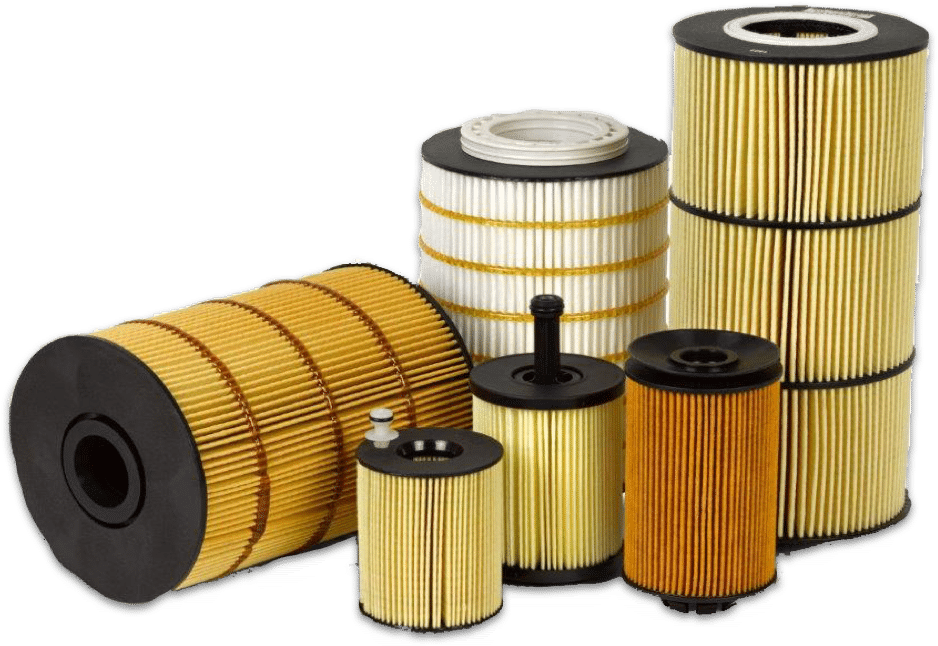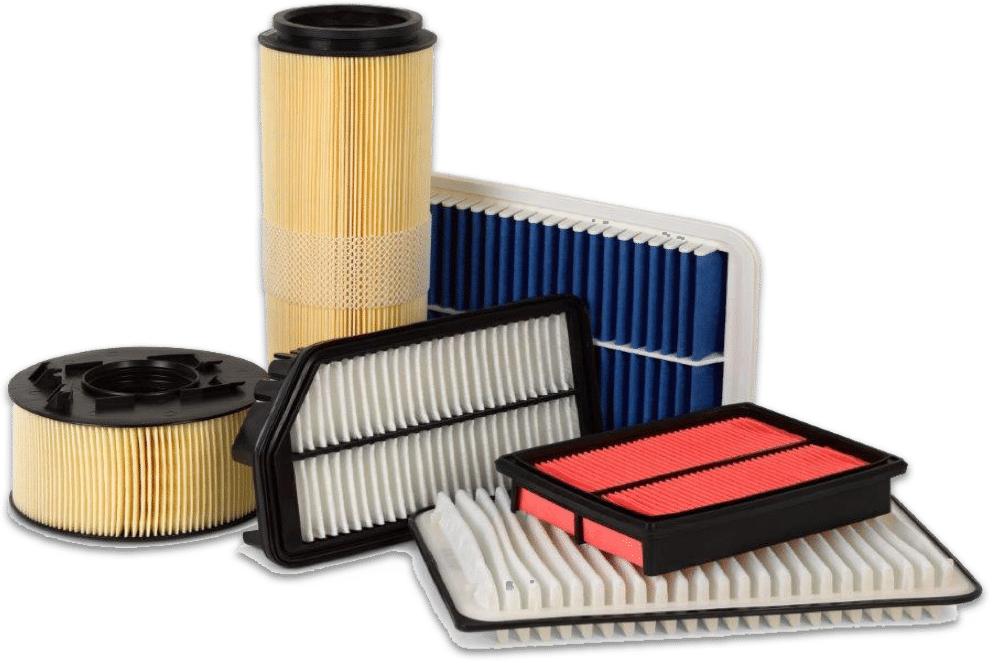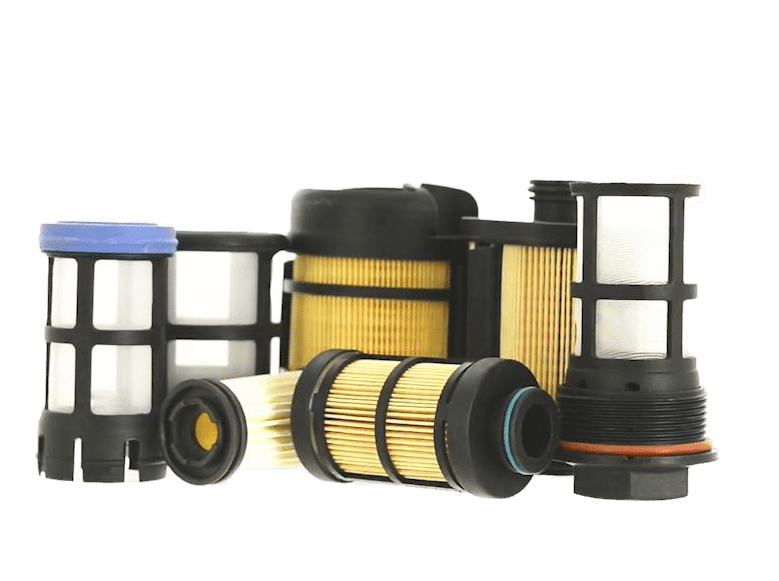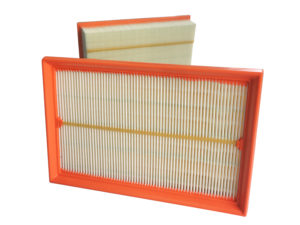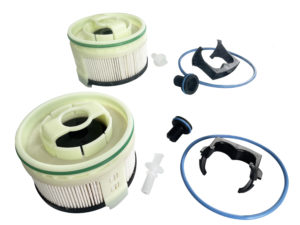In today’s diverse and complex marketplace, it’s not enough to supply the best product—you also need to provide first class information that will allow your B2B and B2C customers to use your product on the correct equipment in the right way.
This is particularly important concerning replacement parts in the automotive market. Incorrect information about the vehicle model, engine type or replacement intervals can have serious implications, such as safety risks or engine damage.
Managing accurate information for many different part numbers in numerous markets is not an easy task. Each aftermarket product in the automotive industry can correspond to much different original equipment manufacturer (OEM) part numbers and multiple vehicle applications. Managing all this information requires a special set of tools.
Different markets use different data formats to help standardize, unify and share information. In the US and Canada, Aftermarket Catalog Exchange Standard (ACES) and Product Information Exchange Standard (PIES) are the preferred standards for automotive aftermarket information. ACES presents a list of vehicles and their attributes (engine power, bore, and stroke, number of cylinders, production year, etc.). This list is used to link the relevant replacement parts to each vehicle. PIES is a list of product attributes (OEM cross-references, product dimensions, and weight, color, unit box size, etc.). These standards are used by the industry to manage online catalogs and e-commerce sites, share information with customers and suppliers, and recognize any gaps in product ranges.
In Europe, the standards are different. Whereas in the US the leading identification criterion is the vehicle configuration, a European user will almost always try to identify the required part through the OEM number and only later refer to the vehicle applications. The most advanced standard for data management in Europe is TecDoc—a cataloging service provider that dominates aftermarket data and assigns a unique number to each vehicle application, making it easy to find the correct part for your vehicle.
The attributes of vehicle applications used in these markets are very different. For example, Europeans measure engine power and capacity by kilowatt and horsepower, while in the US you will rarely see these attributes and they are not part of ACES. Another example is the production period of the vehicle: in Europe, a car that starts production in the year 2000 and ends in 2005 will have a single TecDoc unique number, whereas in the US each production year will be a separate line and number in ACES, so the same model will have five different ACES numbers—one for each production year.
These differences in the data make it very hard for international manufacturers to manage information in a way that will allow transparency and provide a full picture of the different markets apart can be sold in. Some manufacturers have products that can be offered on other markets, but they don’t know how to identify and link them to the correct vehicle applications.
Being a global company with customers in multiple markets, A.L. GROUP has recognized the importance of managing data in a way that will provide full control over information and a clear picture of market suitability. We have invested heavily in the development of a data management system that offers complete control over this information by cross-referencing vehicle applications for each of our part numbers. It also provides a clear picture of the market that each product can be sold in. Today, we manage our information for all the markets we operate in, and we are proud to have four complete and accurate catalogs that give our customers the best possible information required to make effective purchasing decisions.

